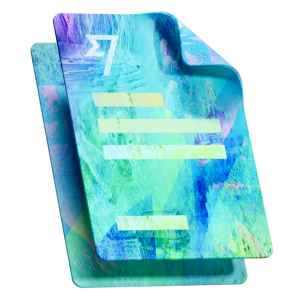Routing numbers in Canada.
Are you using a Canadian bank account to send or receive domestic or international wire transfers? Don’t know what your routing number is? If you send money abroad or receive payments from other countries, learn how to save on fees with Wise.
What is a routing number?
In Canada, banks and other financial institutions use routing numbers to identify individual bank branches. A routing number is a combination of a five-digit transit number (also called a branch number) and a three-digit financial institution number.
- The institution number - three digits - identifies your bank.
- The transit number - five digits - shows which branch you opened your account at.
A bank routing number is used by banks, credit unions and trust companies to process cheque and electronic transactions such as funds transfers, direct deposits, digital cheques, recurring loan and bill payments within Canada.

How to find your routing number?
Here are some of the ways to find your routing number:
- On this website – We've listed transit numbers for some of the biggest banks in Canada.
- Online banking – You’ll be able to get your account, institution, and transit number by logging into online banking.
- Cheque, bank statement or deposit slip – bank-issued cheque or bank statement.
To make sure the bank can process your payment securely and quickly, you should always check routing numbers – including numbers on this page – with your bank or your recipient.

Wise is the cheaper way to send money abroad.
Sending domestic payments with your bank can be easy enough. But international transfers are a different story. Thanks to high SWIFT and cross-border fees, they can be very expensive and time-consuming.
To get the best deal, it pays to look for specialist services. Many of which take a new approach, and skip the usual costs of sending money around the world.
When you send money with us, you get the real exchange rate — just like the one you see on Google. Combined with the low, upfront fee we're known for.
Where is the routing number on a cheque?
Your bank transit and institution number can be found at the bottom of a cheque.
The transit number (five digits) shows which bank branch you opened your account at.
The three-digit institution number identifies your bank.
The account number (11 digits) identifies your individual account. If your account number only has nine digits, as on the cheque account number below, simply add two zeros in front, like this: 00123456701.
For electronic fund transfers the routing number format is a leading zero, the institution number, and the branch number all with no dashes.
For example, a cheque reads XXXXX-YYY (where X is the transit number and Y the institution number), the corresponding routing number would be 0YYYXXXXX.
